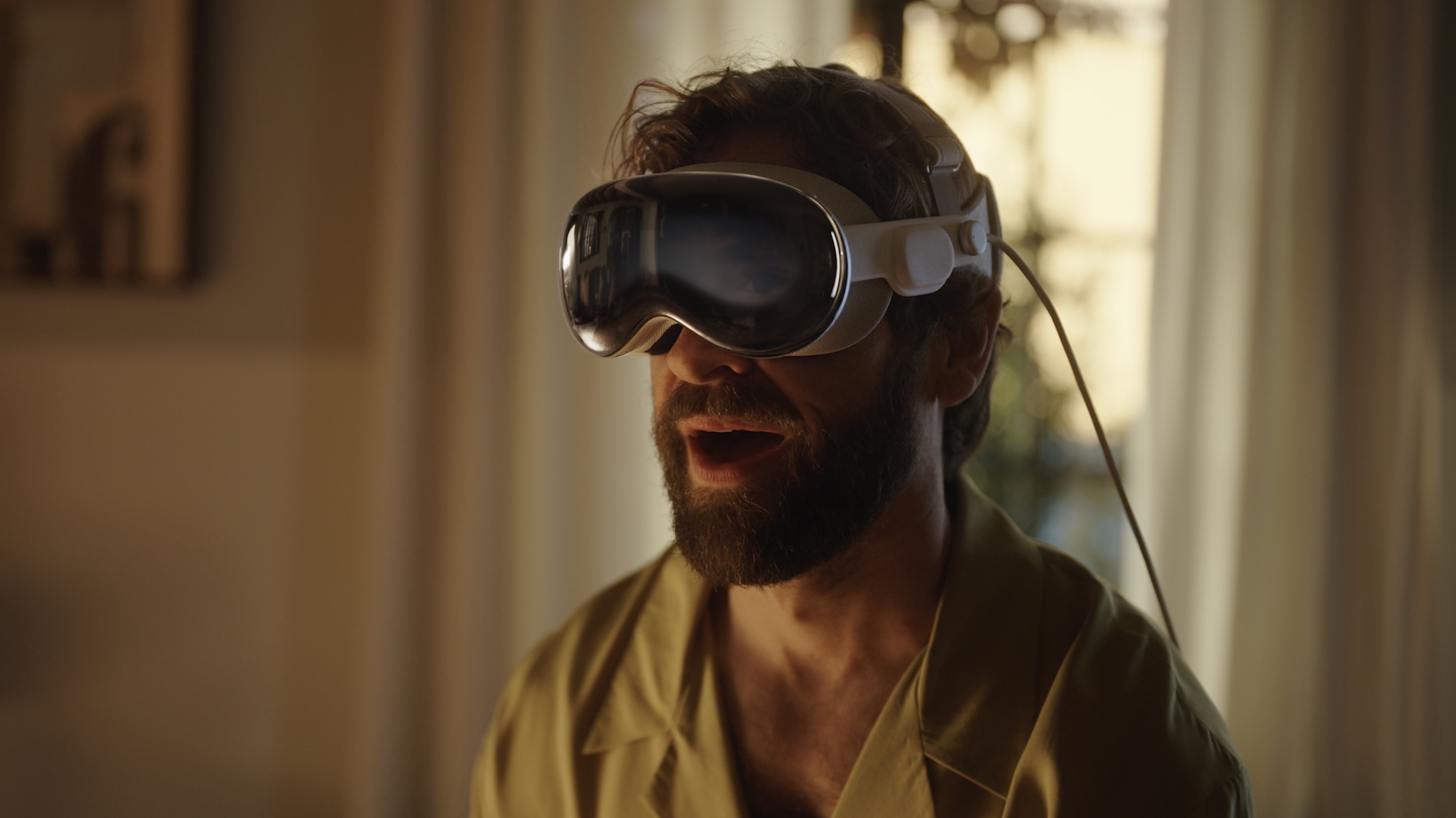Someone built an Apple Vision Pro using a box of scrap parts and it turned out better (and worse) than you might expect
An amazing and terrible achievement.

The Apple Vision Pro is the hottest ticket in town for a lot of reasons right now, but the $3,499 asking price is enough to put a ton of people off picking one up. Factor in the fact that it's only available in the United States right now and it stands to reason that some people might take matters into their own hands — and try to build one for themselves.
As you might imagine, building your own Apple Vision Pro isn't something everyone can do, even if you have all of the official Apple parts to make it happen. But one YouTuber decided to take things a step further by trying to copy Apple's design by using only parts that he happened to have lying around and the results will shock you.
Well, that might be an exaggeration, but if you were expecting the endeavor to fail miserably, you'll definitely be surprised by what YouTuber 'Basically Homeless' manages to cook up in his garage.
That's definitely a look
The famous Jurassic Park line immediately springs to mind as soon as you watch the YouTube video below — it's embedded right when the Apple Vision Pro Frankenstein's monster story begins. "Your scientists were so preoccupied with whether they could, they didn't stop to think if they should" is the famous line from the 1993 movie, and never has it been more apt.
So what went down? Well, someone figured out how to make a Windows 11 machine act like visionOS complete with head and hand motion tracking. That's all we're going to say because seeing is believing, and you truly must see this work of art to understand what was created.
Sure, the headset built in the video was too big and heavy to wear for any length of time and you wouldn't want to be seen walking around wearing it. But really, we can probably say all the same things about the real Apple Vision Pro as well.
Much like this creation, the real Apple Vision Pro is still very much in its infancy. The headset has only been around for a couple of months and it's yet to receive a major new software update. The visionOS 2 software is expected to debut at WWDC on June 10, and it could well bring some fancy new features that we haven't even thought of yet.
Master your iPhone in minutes
iMore offers spot-on advice and guidance from our team of experts, with decades of Apple device experience to lean on. Learn more with iMore!
Apple is also reportedly hard at work on a new, cheaper version of its spatial computer although details are sparse. It isn't yet clear what Apple will do to reduce the price or if some capabilities or features will be nixed to make it cheaper to produce. We also don't know just how much cheaper a future variant could be, either.
Those who already have an Apple Vision Pro to call their own can do plenty with it. We recently saw people using the headset to play PC games on a giant virtual screen, while more apps are arriving in the App Store all the time. Ultimately, we'll get a better feel for what Apple has in store for the Apple Vision Pro following that WWDC event in June, but it's clear that there's something to this spatial computing thing — even if many of us are currently priced out of what Apple hopes will be the future of computing.
More from iMore

Oliver Haslam has written about Apple and the wider technology business for more than a decade with bylines on How-To Geek, PC Mag, iDownloadBlog, and many more. He has also been published in print for Macworld, including cover stories. At iMore, Oliver is involved in daily news coverage and, not being short of opinions, has been known to 'explain' those thoughts in more detail, too. Having grown up using PCs and spending far too much money on graphics card and flashy RAM, Oliver switched to the Mac with a G5 iMac and hasn't looked back. Since then he's seen the growth of the smartphone world, backed by iPhone, and new product categories come and go. Current expertise includes iOS, macOS, streaming services, and pretty much anything that has a battery or plugs into a wall. Oliver also covers mobile gaming for iMore, with Apple Arcade a particular focus. He's been gaming since the Atari 2600 days and still struggles to comprehend the fact he can play console quality titles on his pocket computer.
